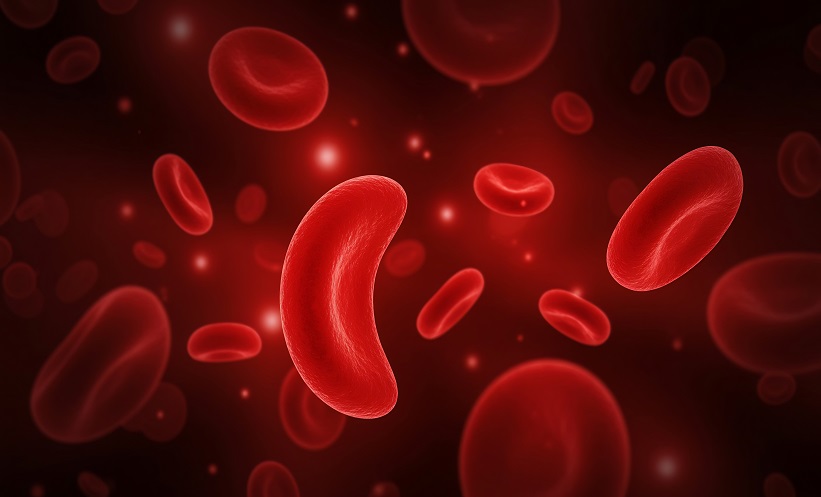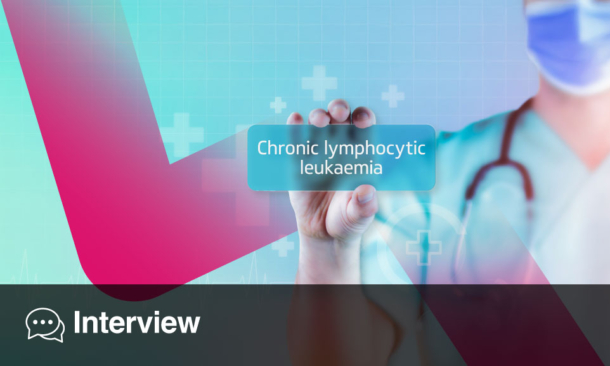A one-time gene-editing therapy, exagamglogene autotemcel (exa-cel), has demonstrated sustained and clinically meaningful improvements in the quality of life of patients with severe sickle cell disease (SCD), according to new data from the Phase 3 CLIMB SCD-121 trial. The findings highlight both reduced pain burden and improved health-related quality of life (HRQoL) across multiple domains for adults and adolescents.
CRISPR-Based Treatment Shows Lasting Impact
Sickle cell disease, an inherited disorder characterized by the presence of abnormal hemoglobin, leads to recurrent vaso-occlusive crises (VOCs), which cause chronic pain, fatigue, and organ damage. These episodes significantly reduce patients’ HRQoL and life expectancy. Exa-cel, developed through CRISPR/Cas9 gene-editing technology, is designed to modify a patient’s own hematopoietic stem cells to produce fetal hemoglobin, thereby preventing sickling and VOCs.
In the CLIMB SCD-121 trial, exa-cel eliminated VOCs in 97% of participants. The latest analysis focused on 42 individuals—30 adults and 12 adolescents—who had at least 16 months of follow-up after infusion. These patients underwent comprehensive assessments of HRQoL using standardized patient-reported outcome (PRO) tools tailored to their age groups.
Pain Reduction and Function Gains Sustained Over Three Years
Adults were evaluated using the EuroQol EQ-5D-5L, the Functional Assessment of Cancer Therapy–Bone Marrow Transplant (FACT-BMT), the Adult Sickle Cell Quality of Life Measurement Information System (ASCQ-Me), and an 11-point pain Numerical Rating Scale (NRS). Adolescents completed the EuroQol EQ-5D-Y, the Pediatric Quality of Life Inventory (PedsQL), and the pain NRS.
Adolescent Patients Mirror Adult Improvements
The results were striking. Within six months of infusion, adult participants showed substantial gains in EQ-5D-5L health utility and visual analog scale (VAS) scores, which had been below general population norms at baseline. These improvements were maintained through 36 months. The FACT-G and BMTS domains also showed sustained increases in physical, social, emotional, and functional well-being. Parallel gains were seen across ASCQ-Me measures, with notable reductions in pain frequency, stiffness, and sleep disturbances.
Pain intensity, measured by NRS, markedly decreased by Month 6 and stabilized at lower levels thereafter. Similar benefits were reported among adolescents, whose PedsQL and EQ-5D-Y scores rose sharply alongside reduced pain ratings.
Researchers concluded that exa-cel provides broad, durable, and clinically meaningful HRQoL benefits, representing a transformative therapeutic option for individuals living with severe SCD.
Reference
Sharma A et al. Improvements in health-related quality of life in patients with severe sickle cell disease after exagamglogene autotemcel. Blood Adv. 2025; https://doi.org/10.1182/bloodadvances.2025016701.








